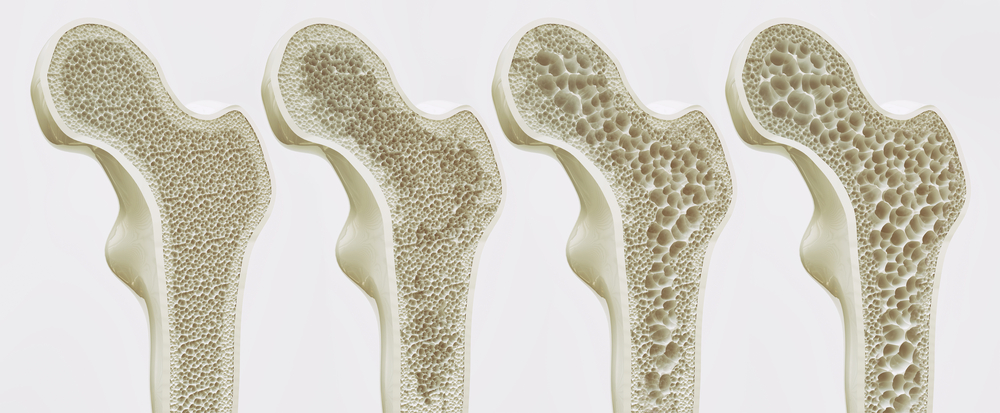Opioids are a class of drugs that are isolated from the seedhead of poppy-dried juices. They work in the brain to produce a variety of effects, most notably pain relief. Opioids are the gold standard for the treatment of moderate to severe pain but are also the most commonly abused prescription drug.
Opioids work by interfering the with generation of action potentials within neurons (nerve cells) responsible for relaying information about pain. They act in many places in the brain and nervous system. First, they change the brain stem, an area that controls automatic body functions, and depress breathing. Second, they can change the limbic system, which controls emotions to increase feelings of pleasure. Third, they block pain messages transmitted by the spinal cord from the body.
The mechanism of action of opioids involves four steps.
- Pre-synaptic inhibition: the opioid binds to its receptor, triggering the opening of a potassium channel or the closing of a calcium channel. This results in decreased neurotransmitter release, decreasing the ability of the neuron to fire. As a result, the transmission of pain signals along the neural pathway decreases, leading to pain relief.
- Post-synaptic inhibition: in addition to pre-synaptic effects, opioids also exert their influence on post-synaptic neurons. The opioid binds to its receptor, triggering the opening of a potassium channel. This decreases the overall potential of the cell, causing hyperpolarization. Hyperpolarization makes it more difficult for the neuron to reach the threshold required to generate an action potential, effectively reducing its excitability. As a consequence, the transmission of pain signals from the post-synaptic neuron to subsequent neurons in the pain pathway is inhibited.
- Inhibition of brain regions for pain. Opioids act on various regions of the brain involved in processing and modulating pain perception. This central modulation of pain processing contributes to the analgesic effects of opioids and is integral to their pain-relieving properties.
- Decreased activity of free nerve endings due to the release of opioids by inflammatory cells. Inflammatory cells release opioids in response to tissue injury or inflammation. These opioids act locally to bind to opioid receptors on nearby free nerve endings, thereby reducing the excitability of these nociceptors. As a result, the transmission of pain signals from peripheral tissues to the central nervous system decreases.
The Boom Health app allows you to manage your loved one’s home care in one app and takes the stress out of organizing care. Download the app on the App Store or Google Play Store.
This article is not intended to be a substitute for professional medical advice or diagnosis. Always seek the advice of your physician or another qualified health provider with any questions you may have regarding a medical condition.





